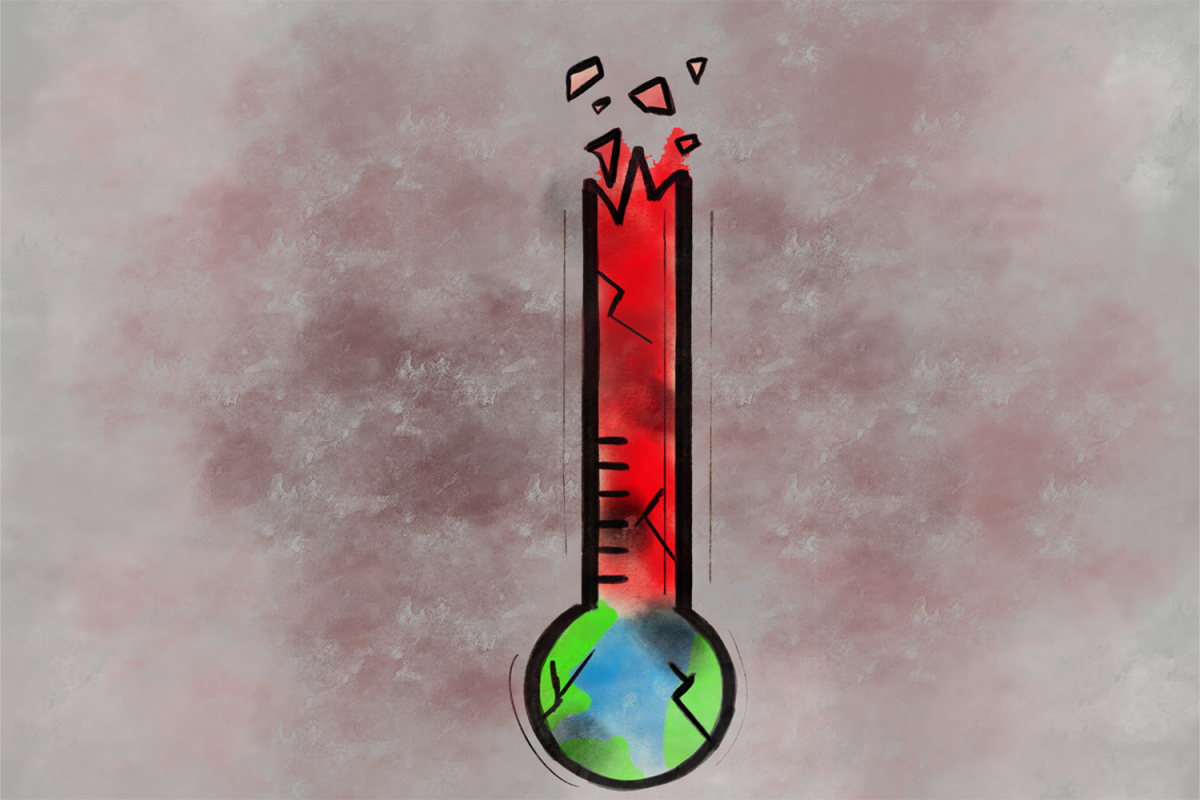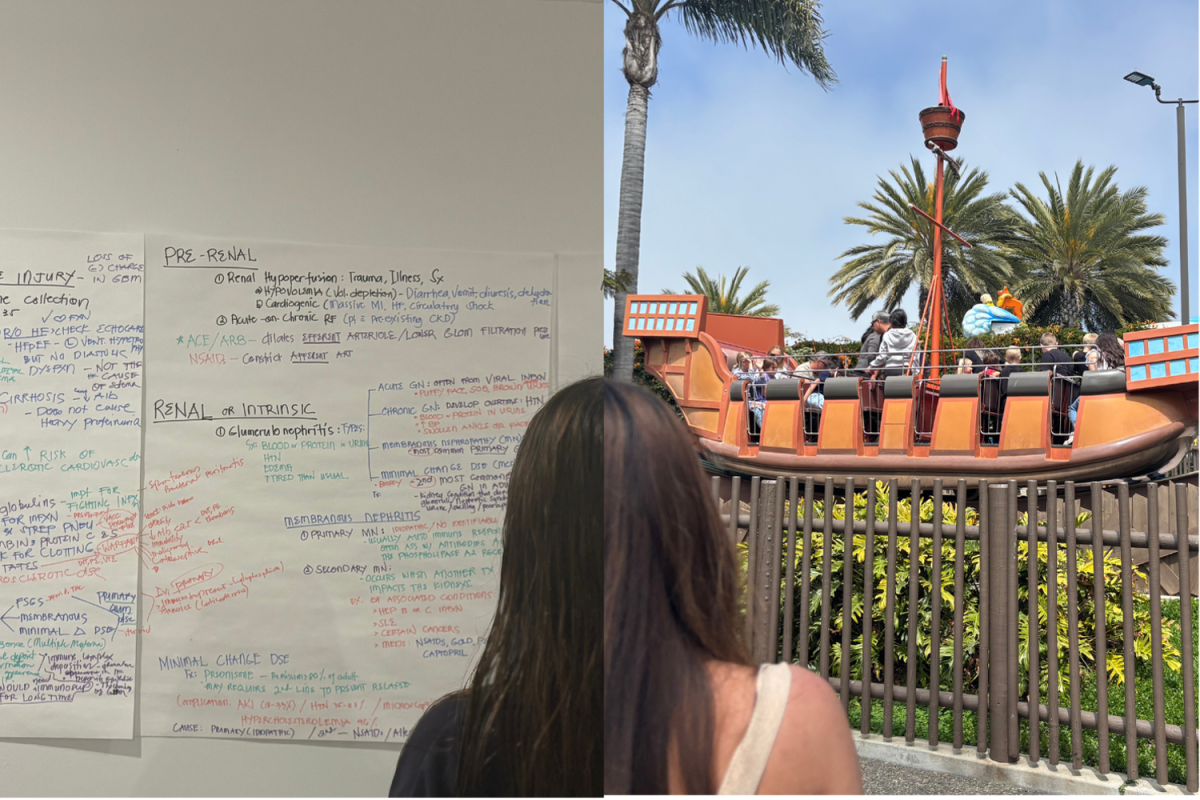Bay Area residents experienced an extreme, unexpected heat wave with temperatures reaching up to 102 degrees Fahrenheit.
The heat wave began at the end of September and started to settle in the middle of October. Several cities in the Bay Area sent out a heat advisory to residents who were warned to stay inside and keep cool.
“The heat wave definitely caught me by surprise,” said Yashvi Shah, a sophomore at Carlmont High School. “Daily tasks became harder to do as the heat would take all of my energy and leave me miserable.”
Bay Area residents were forced to endure the unseasonable warmth as they were ill-prepared for the drastic temperature change. It came as a shock to the majority of the population as heat waves rarely occur so late in the year. With the beginning of fall having started on Sept. 22, many people were expecting leaves to start falling and temperatures to begin to cool. Instead, they were met with the feeling of sticky sweat.
Since the summer just ended, the unexpected temperature increase brought up concerns as to why a heat wave occurred so late in the year. Aran O’Sullivan, a sophomore at the University of California at Los Angeles majoring in environmental sciences, explained the correlation between unforeseen heat and climate change.
“The worse that the greenhouse effect gets, the more extreme heat waves and extreme weather events we are going to be seeing,” O’Sullivan said.
Greenhouse gases are gases that raise the temperature of Earth’s atmosphere when released into the air. As they develop a layer in the atmosphere, these gases trap the sun’s heat, leading to global warming and climate change. As the number of greenhouse gases in the atmosphere continues to rise, the average temperature of Earth also increases.
“We are going to have to start redefining what we take as normal temperature ranges as a result of climate change,” O’Sullivan said.
The heat wave has also brought up concerns about wildfires as fall winds start to pick up without temperatures going down.
“This year there was a lot of wildfires, higher than most years because the climate started getting dry,” said Kevin Gonzalez, a firefighter for the San Carlos Fire Department.
Wildfires often run in a cycle, however, with increasing temperatures, they have started to increase in recent years.
“It is going up, this year, but the number often fluctuates between years,” Gonzalez said.
O’Sullivan and Gonzalez both agreed that the sudden heat wave was a direct result of climate change, as the increasing temperatures are continuing to cause numerous disastrous events to occur from heat waves to hurricanes.
“These higher temperatures lead to a cascade effect with various events coming out of them. I think that they are directly related to climate change,” O’Sullivan said.
The heat wave shouldn’t come as too much of a surprise to Bay Area residents, however, as the temperature as been steadily rising for the past decade.
“Pretty much every year, since 2010, the average temperature record has been broken. This demonstrates that the trend of increasing temperatures is consistently happening every year,” O’Sullivan said.
Average temperatures are expected to continue to rise as the impact of global warming and climate change continues to increase.
“Heat waves are definitely going to be getting more frequent, and they’re just going to keep getting worse,” O’Sullivan said.






















